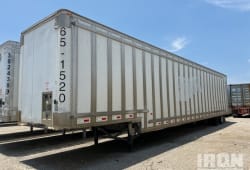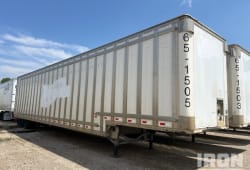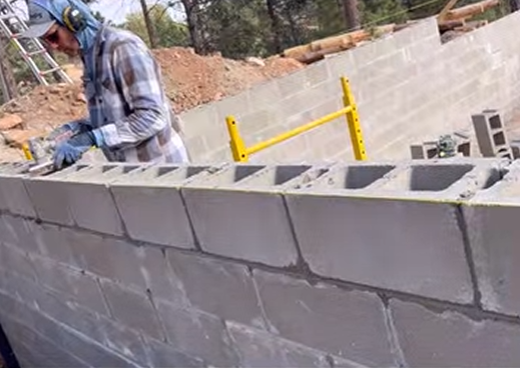Navigating Girders in Construction
4 Min read
)
May 28, 2024
What is a Girder?
A girder is a primary horizontal support structure in building construction. It is typically a large beam that spans large distances and supports smaller beams or joists in the floor and roof structures. Girders are fundamental in transferring loads from various parts of a building to its foundation and other structural members. They are usually made from robust materials such as steel, reinforced concrete, or wood, depending on the specific requirements of the construction project.
Difference of Beam and Girder
:format(webp)) Functions of Girders in Construction
Functions of Girders in Construction
1. Load Distribution
Girders play a critical role in distributing loads across a building's framework. They are engineered to carry loads from the floor or roof along their entire length to the vertical supports like columns or walls. This even distribution is vital for maintaining structural integrity, as it helps to balance the load across the structure and reduce stress points that could lead to potential structural failures. By effectively managing these loads, girders ensure that buildings can withstand both daily loads and extraordinary stresses over time.
2. Support for Beams and Joists
Girders are key structural components that provide primary support for beams and joists in many building types. Acting as the backbone in a hierarchical structural system, girders enable the support of beams and joists which, in turn, hold up floors and roofs. This system allows for the management of larger and more complex load distributions, which is especially critical in large-scale or multi-story construction projects. The reliability and strength of girders make them indispensable in modern architecture and engineering.
3. Spanning Capabilities
One of the most significant features of girders is their ability to span long distances without the need for intermediate supports. This capability is essential in the construction of large open spaces, such as auditoriums, bridges, and warehouses, where unobstructed space is necessary. The structural design of girders allows architects and engineers the flexibility to create vast, open interior environments. This not only enhances the usability of a space but also opens up more possibilities for innovative architectural design.
Materials Used as a Girder
1. Steel
Steel girders are a staple in modern construction because of their excellent strength-to-weight ratio, which allows for both durability and extensive spanning capabilities. This characteristic is crucial in projects requiring large, open spaces without the support of columns, such as in industrial buildings and large commercial complexes. Steel's adaptability in terms of shapes and sizes also contributes to its popularity, enabling precise engineering that meets specific structural demands. Additionally, steel girders can be prefabricated, which reduces on-site construction time and can lead to more streamlined building processes.
2. Reinforced Concrete
Reinforced concrete girders are particularly valued for their rigidity and high fire resistance, making them a common choice for both residential and commercial structures. The addition of steel reinforcement within the concrete significantly enhances its strength, allowing it to support heavy loads and resist bending under tension. These girders are also beneficial in environments where fire safety is a paramount concern, as their material properties inherently limit fire spread and structural weakening. Furthermore, reinforced concrete girders can be molded into various shapes during the casting process, providing flexibility in architectural design.
3. Wood
Wood girders are frequently used in residential construction due to their natural aesthetic appeal and ease of integration with other wood-based construction materials. They provide a warm, organic look that is often sought after in homes and small structures. However, wood girders generally have limitations regarding span and load capacity compared to their steel or concrete counterparts and are more susceptible to environmental impacts such as moisture and pests. Their use is typically preferred in situations where the spans are shorter and the structural demands are less intensive, making them ideal for single-family homes and smaller commercial buildings.
Understanding the distinctions and specific uses of girders and beams is crucial for effective architectural and structural design. While both serve essential roles in construction, their proper application according to their unique characteristics ensures the safety, functionality, and aesthetic of building projects. Girders, with their robust structure and significant load-bearing capabilities, are fundamental in supporting the overall integrity of larger and more complex structures.
If you want to learn about soffits in construction, click here.















